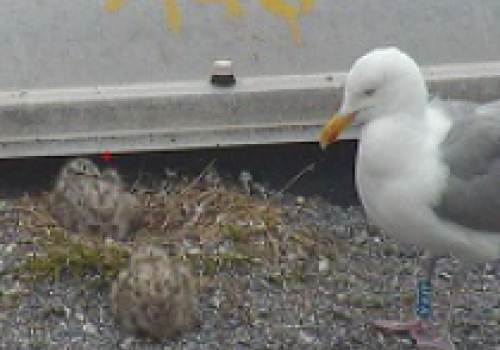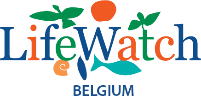You are here
Sensors
Find out about the Belgian LifeWatch observatory equipment and sensors.
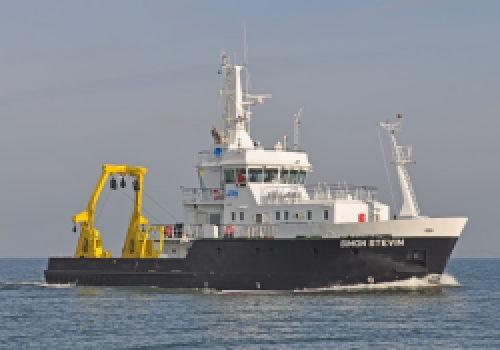
Learn more about the RV Simon Stevin and its use as a measurement platform during LifeWatch surveys.
Read more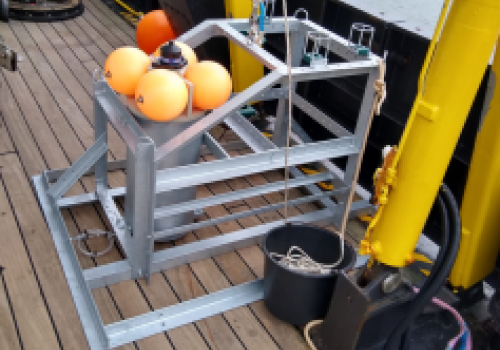
Discover how marine soundscapes are recorded and used to study the effects of sound on marine ecosystems.
Read more
Learn more about the tagging of migratory fish in the Belgian coastal area and the Western Scheldt.
Read more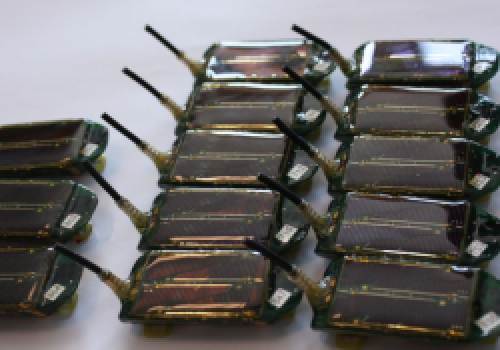
Discover why and how large birds are tagged with lightweight, solar powered GPS tags.
Read more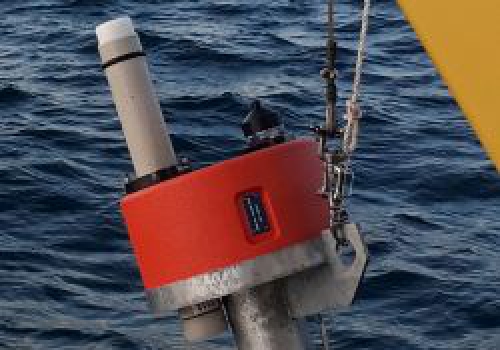
Learn more about the detection of harbour porpoises and dolphins in the Belgian Part of the North Sea.
Read more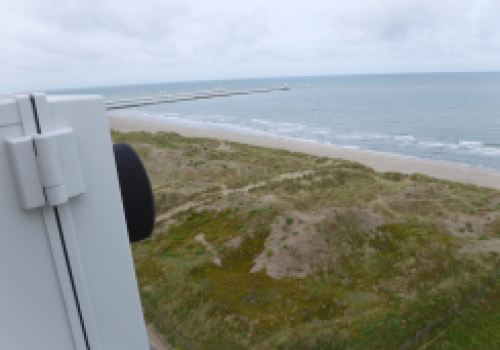
Discover how bats are detected and how calls of different bat species are recognized.
Read more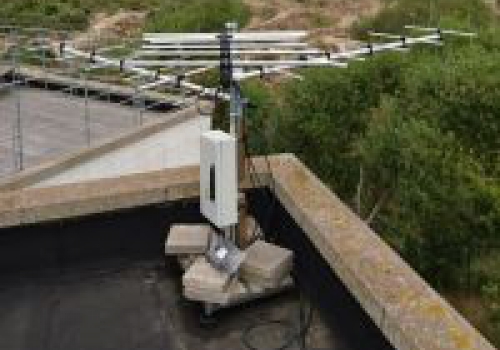
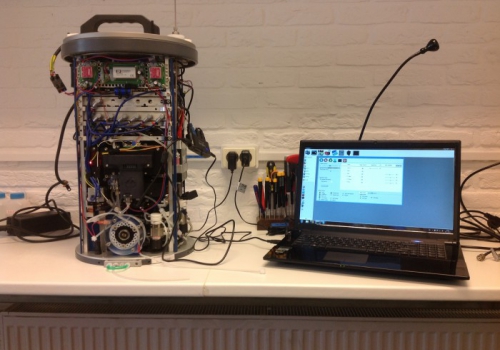
Learn more about the real-time monitoring of phytoplankton in the Belgian Part of the North Sea.
Read more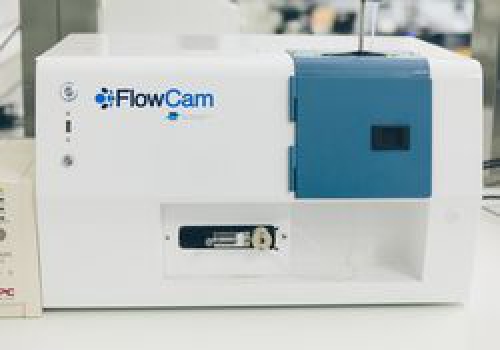
Learn more about digitizing phytoplankton images.
Read more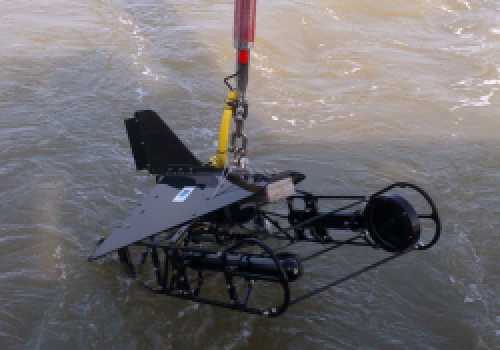
Learn more about how to study the zooplankton abundance and diversity in the Belgian Part of the North Sea.
Read more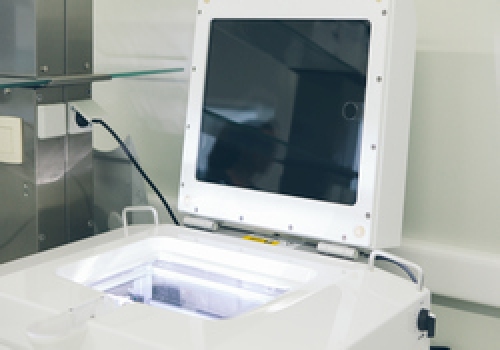
Find out how to digitize zooplankton samples and how to recognize zooplankton species.
Read more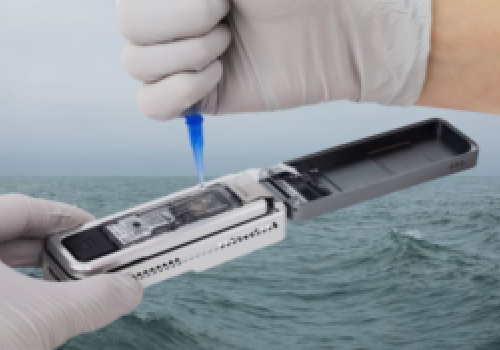
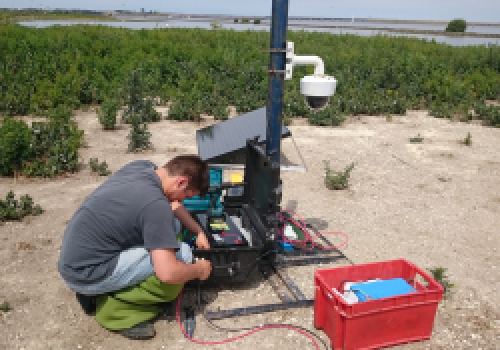
Learn more about the different purposes the LifeWatch Birdcams are used for.
Read more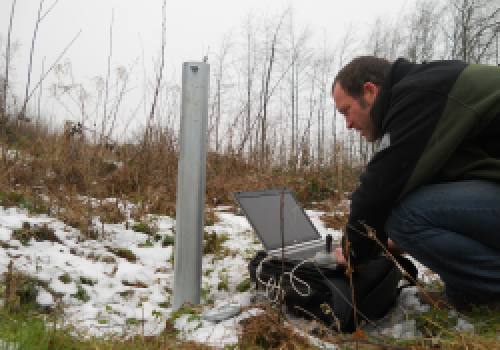
Learn more about the real-time monitoring of groundwater levels in Flanders.
Read more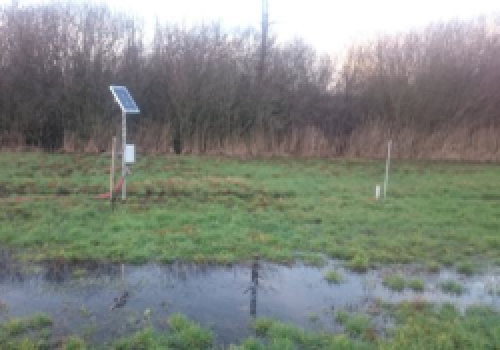
Find out how meteorological and hydrological sensors are deployed for climate monitoring.
Read more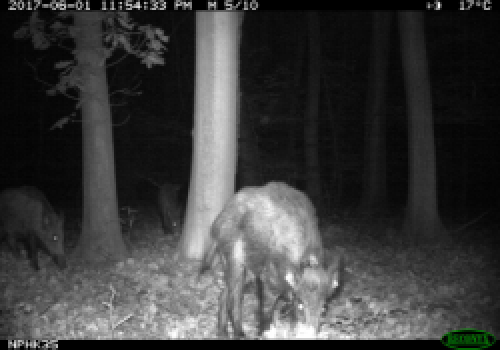
Learn about the habitat use of wild boar through the use of camera traps.
Read more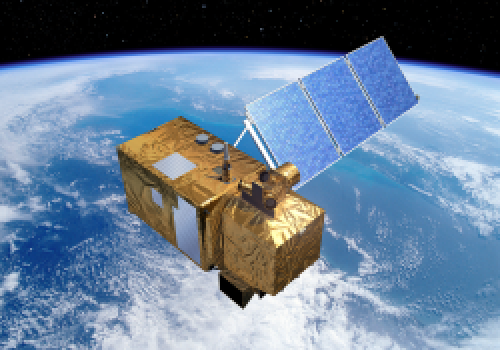
Find out which spaceborne sensors LifeWatch Wallonia-Brussels relies on for habitat characterization.
Read more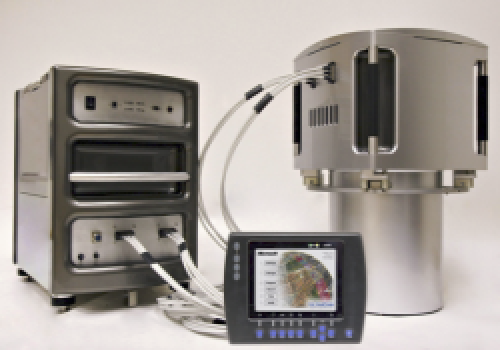
Find out which airborne sensor LifeWatch Wallonia-Brussels relies on for habitat characterization.
Read more
Learn more about the molecular techniques used in species identification by the BopCo project.
Read more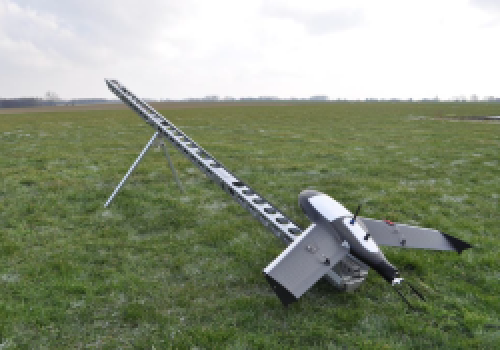
Learn more about the monitoring of Natura 2000 habitats in Flanders.
Read more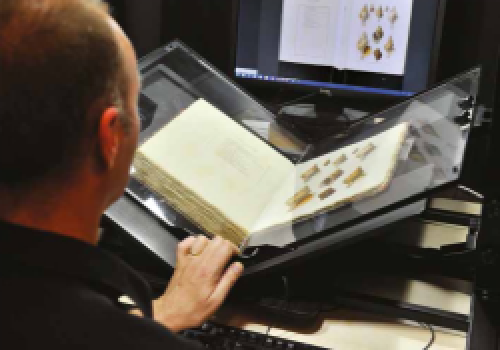
Discover why the bookscanner is an indispensable device for the LifeWatch data archeology activities.
Read more